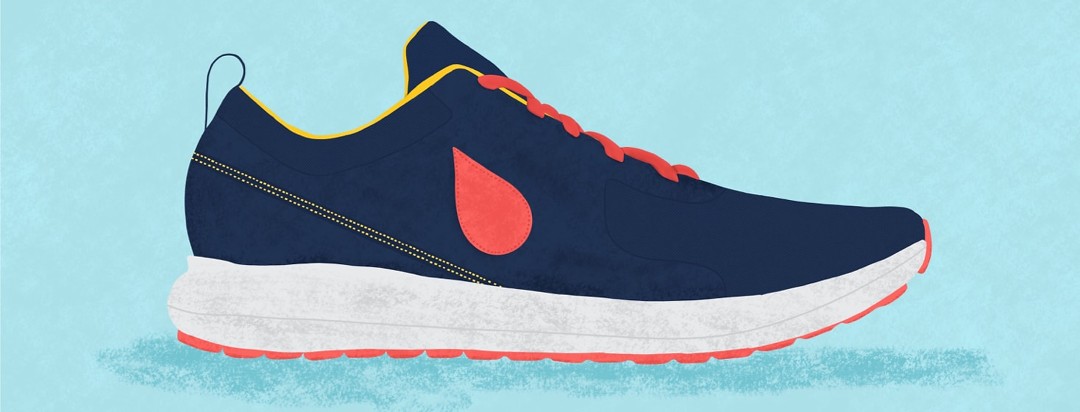Exercise and Blood Glucose
There are three main aspects of diabetes management; medication, diet, and exercise. Depending on the person with diabetes, it could be any mixture of these three things that will help them manage their blood glucose levels and lower their A1C levels. Due to the cost and side effects of medication, it can be a goal to manage diabetes using diet and exercise primarily or exclusively.
Dietary management can be complicated. For example, the optimal diet is likely to change from person to person, due to personal variables. This makes exercise seem to be the more straightforward management, but it might not that clear-cut. Aside from physical limitations, exercise has variables to consider.
Exercise's impact on blood glucose
To begin, foods that have carbohydrates or sugars are broken down and begin to raise our blood glucose. For those with diabetes, this can cause issues like hyperglycemia. Luckily, exercise can help reduce spikes in blood glucose. In fact, a study published by the American Diabetes Association highlights two important things that happen when we begin to exercise:1
- First, insulin sensitivity is increased, so your muscle cells are better able to use any available insulin.
- Also, when your muscles are firing during exercise they able to take glucose present in the blood, and use it for energy, regardless of insulin.
It's commonly accepted that consistent exercise is an important part of keeping blood glucose under control, keeping weight down, and reducing your risk of cardiovascular complications. Though there are some important nuances to consider.
Different exercises use different energy
There are two classes of physical activity: aerobic (with oxygen) and anaerobic (without oxygen). Meaning, exercise that uses oxygen to aid in turning glucose into energy and exercise that doesn’t use oxygen to create energy.
- Aerobic exercise is repeated and continuous movement of large muscle groups, often with a rhythmic motion. These are activities such as swimming, running, cycling, or walking.
- Anaerobic exercise, also known as resistance or strength training, is the isolation of muscles or intense interval exercise. This would include activities such as weight lifting, resistance bands, sprinting, and body weight isolation strength.2
This is important to know, because they create energy in different ways, influencing blood glucose differently. A recent study comparing the effects of aerobic and anaerobic exercise on the blood glucose of ten diabetes patients found that aerobic exercise is most effective at lowering postprandial glucose.1 This is consistent with what many diabetics experience in their exercise routines. Though some have experienced different, sometimes surprising, outcomes when exercising.
Hyperglycemia and intense exercise
Contrary to the effect of aerobic exercise, anaerobic activity can have an adverse effect on blood glucose. A group of Canadian researchers found that "...in intense exercise, insulin secretion does not decrease, or it does so minimally; hyperglycemia occurs because GU increases less than GP.”3 While it is not a very common experience, and since this study, there’s been little research into the cases of exercise-induced hyperglycemia. Hopefully, with more research, a better understanding of this higher blood glucose surprise will develop.
Things to consider
Exercise is a pillar of good health. To strengthen that pillar, a good conversation with your doctor might help find what's best for you. Discuss what your limitations, access, and goals for exercise are. Take regular blood tests to better understand how exercise affects your blood sugar. If you happen to experience an unexpected fluctuation in your blood glucose, bring it up with your doctor and brainstorm together. Share your exercise experiences with others, new ideas and support are always good.

Join the conversation